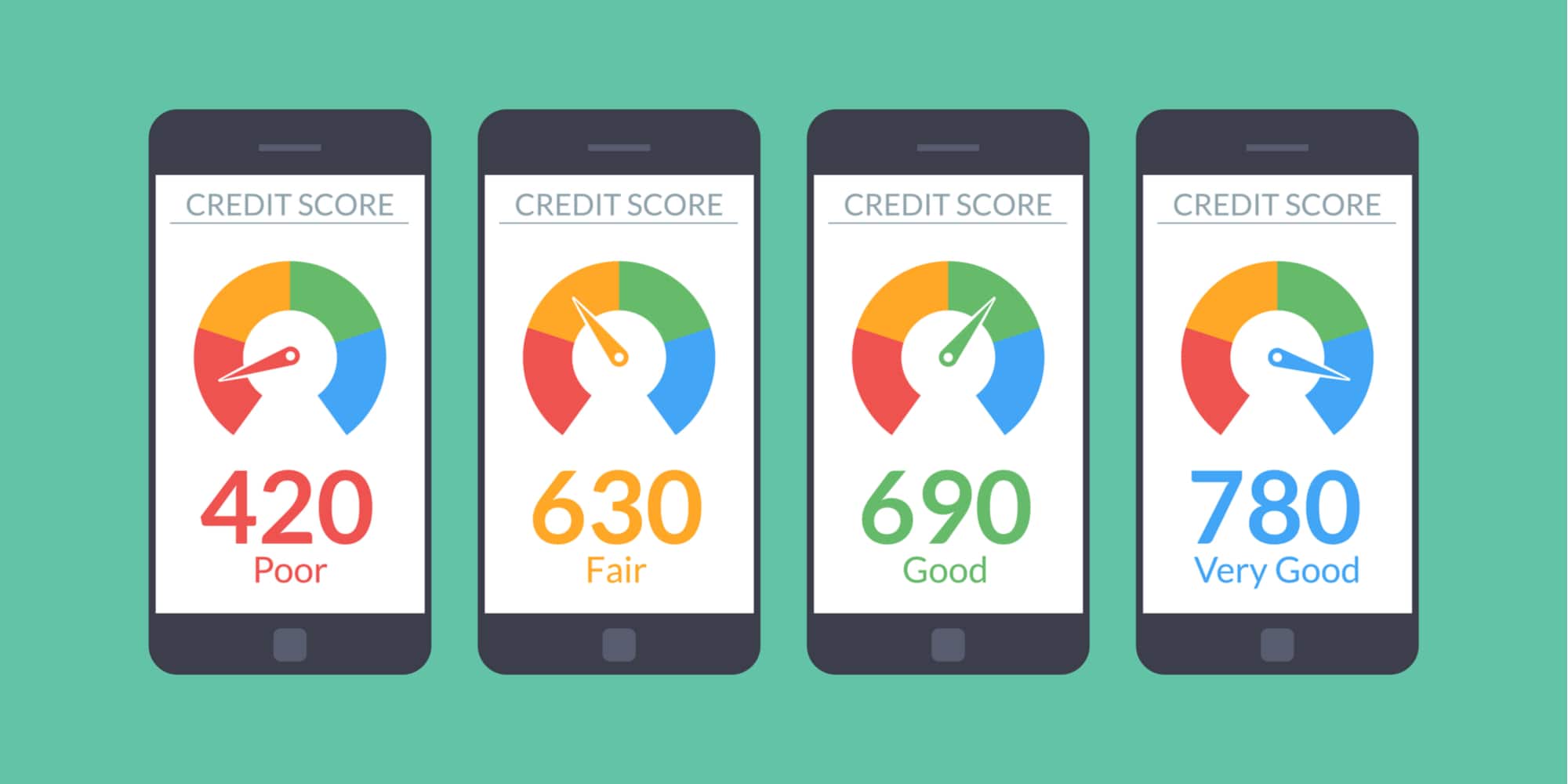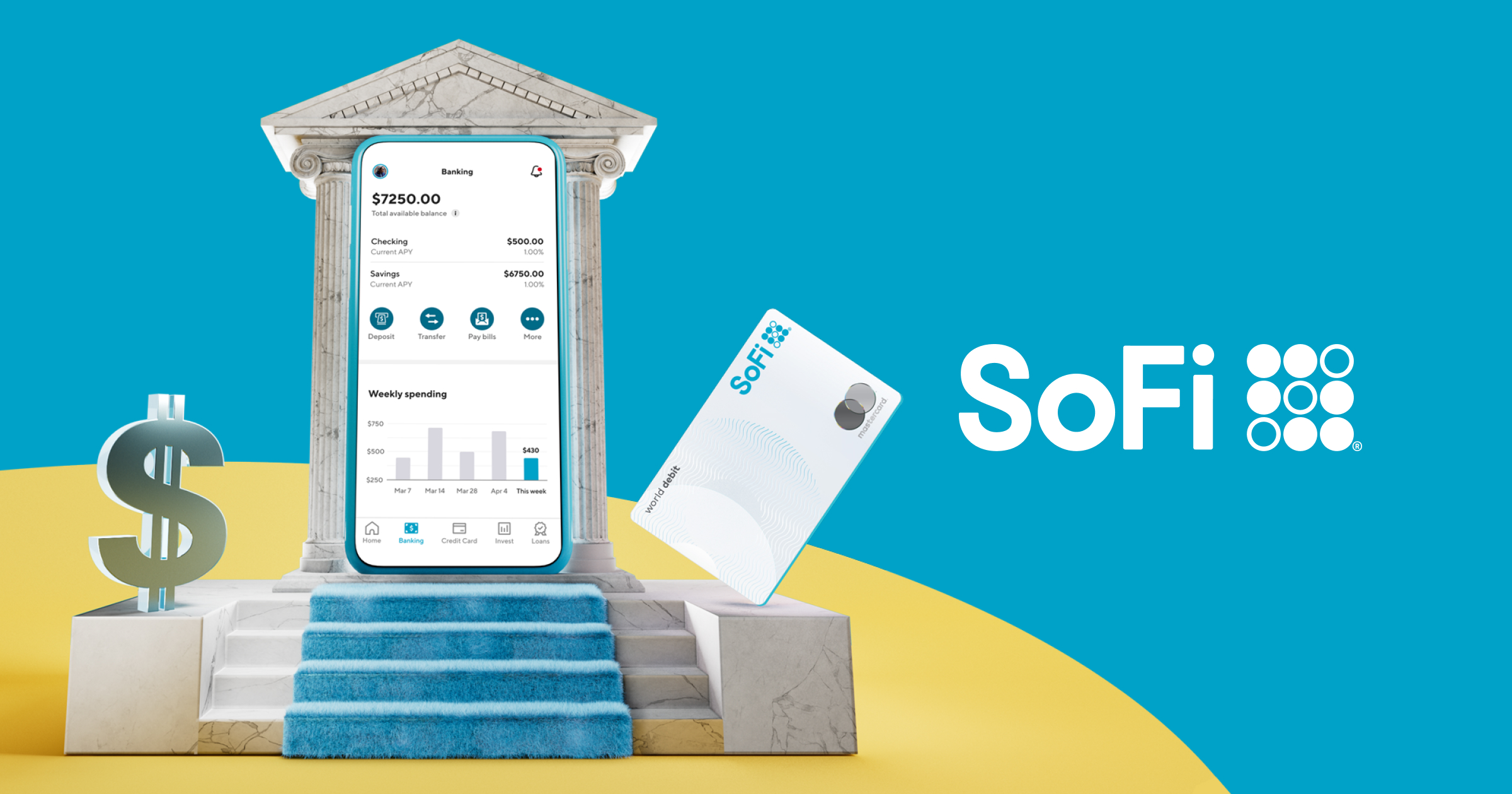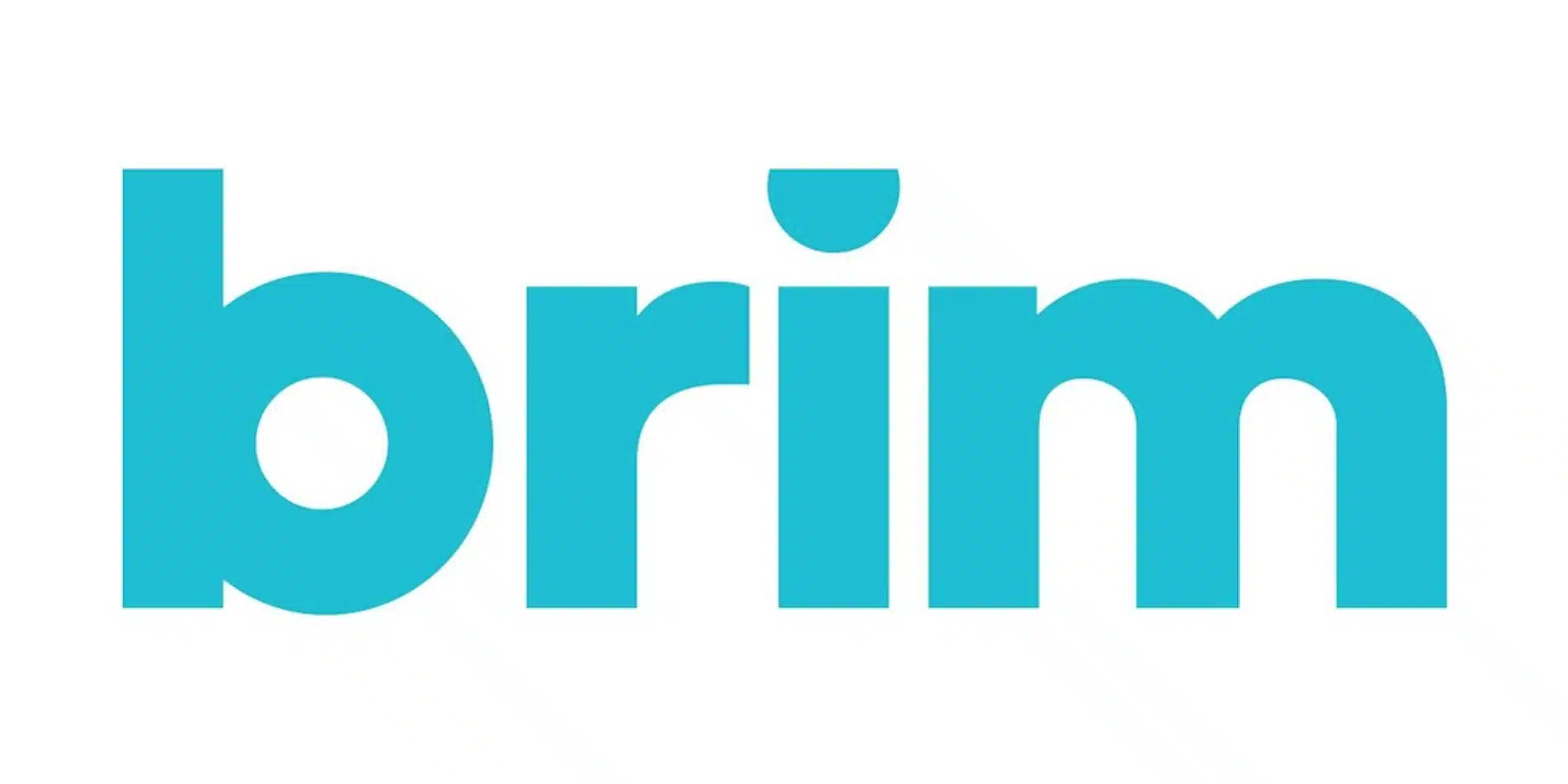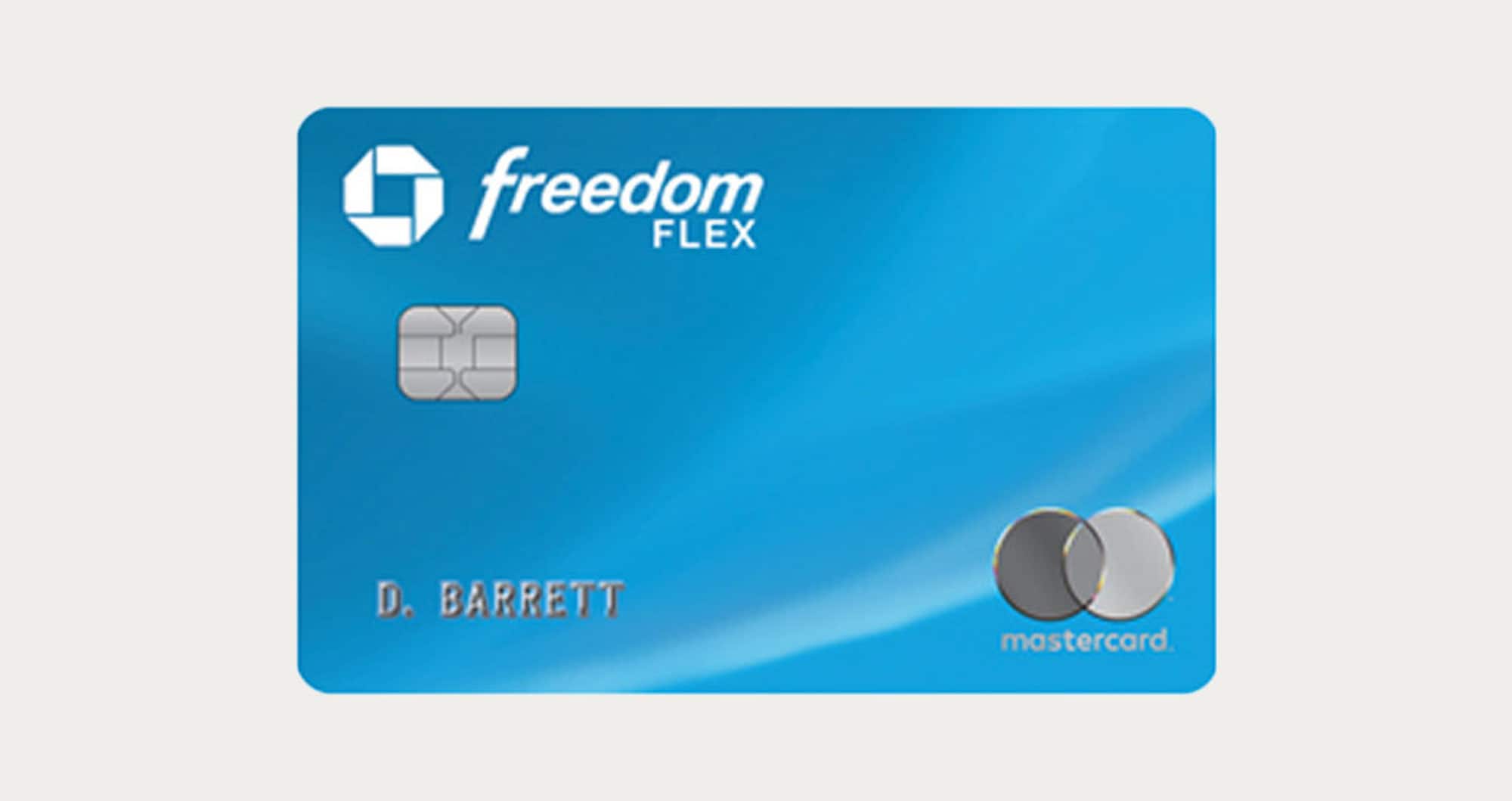
Personal Finance
Survey Finds 45% of Americans Took on More Debt During Pandemic
Despite multiple rounds of stimulus and an overall decrease in credit card debt during 2020, many Americans have found themselves taking on more debt since the start of the pandemic. According to a new survey conducted by Inside 1031, 45% of respondents saw their credit card debt rise since March 2020, including 21% who took on “significantly more” and 24% who now have “somewhat more” debt than before the pandemic. This compares to 15% who say they have “somewhat less” credit card debt now than before and 11% who have “significantly less.”
Overall, 55% of those surveyed report that they typically carry a credit card balance from month to month. In fact, of those respondents with credit card debt, 40% said they’ve carried such debt since before 2018. What’s more, 15% admitted to carrying a balance since before 2006. On the other end, among those who are currently without credit card debt, 17% said they paid off their balance this year and another 11% say they did so in 2021.
In terms of how much credit card debt respondents are carrying, 19% currently had more than $20,000. Meanwhile, “between $1,000 and $4,999” was the most popular response with 32% followed by “less than $1,000” with 22%. Those in Generation X were the most likely to currently owe more than $15,000 (32%), compared to Millennials (25%) and Gen Zers (17%) with that level of credit card debt.
Asked what contributed to their credit card debt, the top response was “other debts,” which were cited by one-third of respondents. Given the timing of the survey, the pandemic was also a popular answer with 29%. Other illnesses or medical emergencies (27%), supporting family (26%), and job loss were all also common reasons given for respondents’ current credit card debt situations.
Stepping outside of credit card debt itself, a number of respondents expressed a lack of knowledge when it came to some key credit topics. For example, 17% of those surveyed were unaware of their current credit score. Elsewhere, 28% of those surveyed were unable to cite their credit card’s interest rate. That said, those who carry a balance on their cards were 11% more likely to know the interest rate than those who paid off their card balances each month.
This latest survey highlights a financial dichotomy that’s occurred throughout the pandemic. Although some Americans were able to continue working remotely and benefitted from stimulus efforts, others found their jobs were left in limbo — leading to financial hardship and debt. However, as the economy continues to rebound (in the face of Delta variant-led surges), hopefully those who amassed more credit card debt in the past 18 months will be able to start reducing their balances and gain financial stability.





